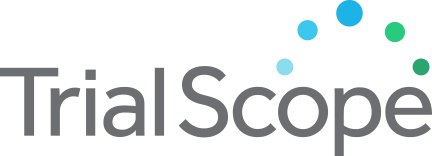A Study to Find the Highest Dose of Imetelstat in Combination With Fludarabine and Cytarabine for Patients With AML, MDS or JMML That Has Come Back or Does Not Respond to Therapy
Study Purpose
This phase I trial tests the safety, side effects, and best dose of imetelstat in combination with fludarabine and cytarabine in treating patients with acute myeloid leukemia (AML), myelodysplastic syndrome (MDS) or juvenile myelomonocytic leukemia (JMML) that has not responded to previous treatment (refractory) or that has come back after a period of improvement (recurrent). Imetelstat may stop the growth of cancer cells by blocking some of the enzymes needed for cell growth. Chemotherapy drugs, such as fludarabine and cytarabine, work in different ways to stop the growth of cancer cells, either by killing the cells, by stopping them from dividing, or by stopping them from spreading. Giving imetelstat in combination with fludarabine and cytarabine may work better in treating patients with refractory or recurrent AML, MDS, and JMML.
Recruitment Criteria
|
Accepts Healthy Volunteers
Healthy volunteers are participants who do not have a disease or condition, or related conditions or symptoms |
No |
|
Study Type
An interventional clinical study is where participants are assigned to receive one or more interventions (or no intervention) so that researchers can evaluate the effects of the interventions on biomedical or health-related outcomes. An observational clinical study is where participants identified as belonging to study groups are assessed for biomedical or health outcomes. Searching Both is inclusive of interventional and observational studies. |
Interventional |
| Eligible Ages | 1 Year - 18 Years |
| Gender | All |
Trial Details
|
Trial ID:
This trial id was obtained from ClinicalTrials.gov, a service of the U.S. National Institutes of Health, providing information on publicly and privately supported clinical studies of human participants with locations in all 50 States and in 196 countries. |
NCT06247787 |
|
Phase
Phase 1: Studies that emphasize safety and how the drug is metabolized and excreted in humans. Phase 2: Studies that gather preliminary data on effectiveness (whether the drug works in people who have a certain disease or condition) and additional safety data. Phase 3: Studies that gather more information about safety and effectiveness by studying different populations and different dosages and by using the drug in combination with other drugs. Phase 4: Studies occurring after FDA has approved a drug for marketing, efficacy, or optimal use. |
Phase 1 |
|
Lead Sponsor
The sponsor is the organization or person who oversees the clinical study and is responsible for analyzing the study data. |
Children's Oncology Group |
|
Principal Investigator
The person who is responsible for the scientific and technical direction of the entire clinical study. |
Alexandra M Stevens |
| Principal Investigator Affiliation | Pediatric Early Phase Clinical Trial Network |
|
Agency Class
Category of organization(s) involved as sponsor (and collaborator) supporting the trial. |
Other |
| Overall Status | Not yet recruiting |
| Countries | |
|
Conditions
The disease, disorder, syndrome, illness, or injury that is being studied. |
Recurrent Acute Myeloid Leukemia, Recurrent Juvenile Myelomonocytic Leukemia, Recurrent Myelodysplastic Syndrome, Refractory Acute Myeloid Leukemia, Refractory Juvenile Myelomonocytic Leukemia, Refractory Myelodysplastic Syndrome |
Contact Information
This trial has no sites locations listed at this time. If you are interested in learning more, you can contact the trial's primary contact:
For additional contact information, you can also visit the trial on clinicaltrials.gov.
Site by: Kaleidoscopic

